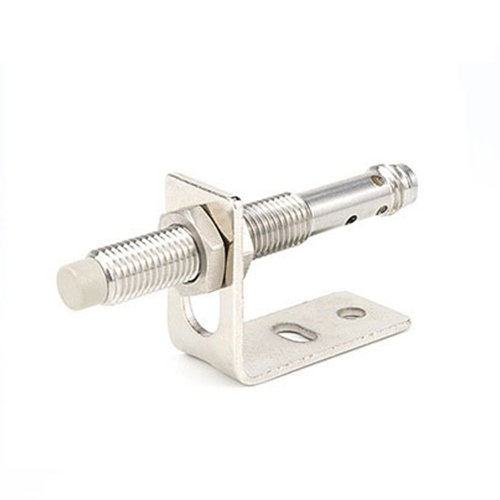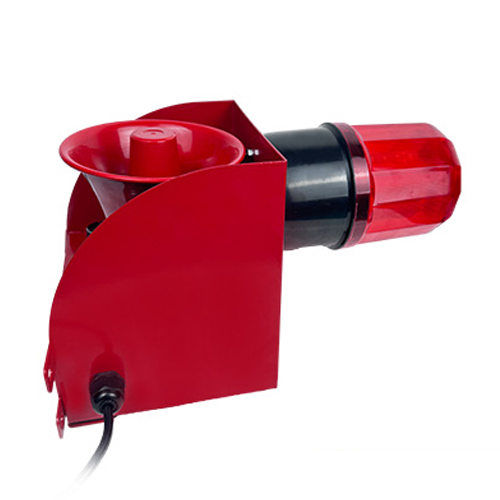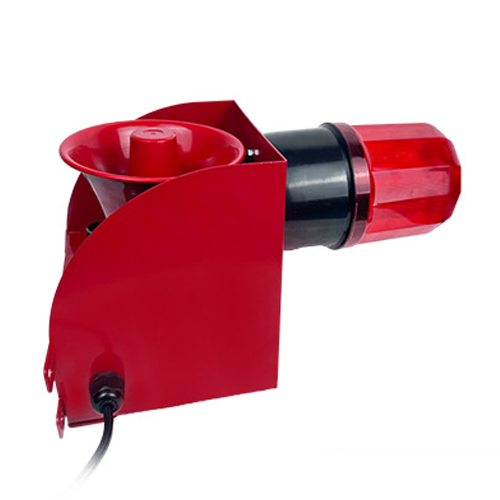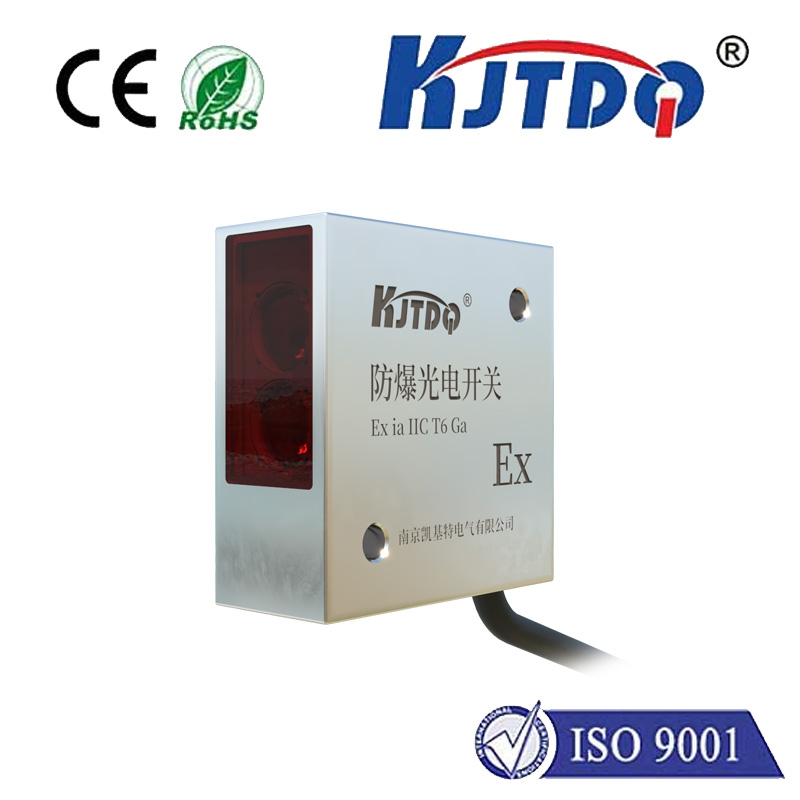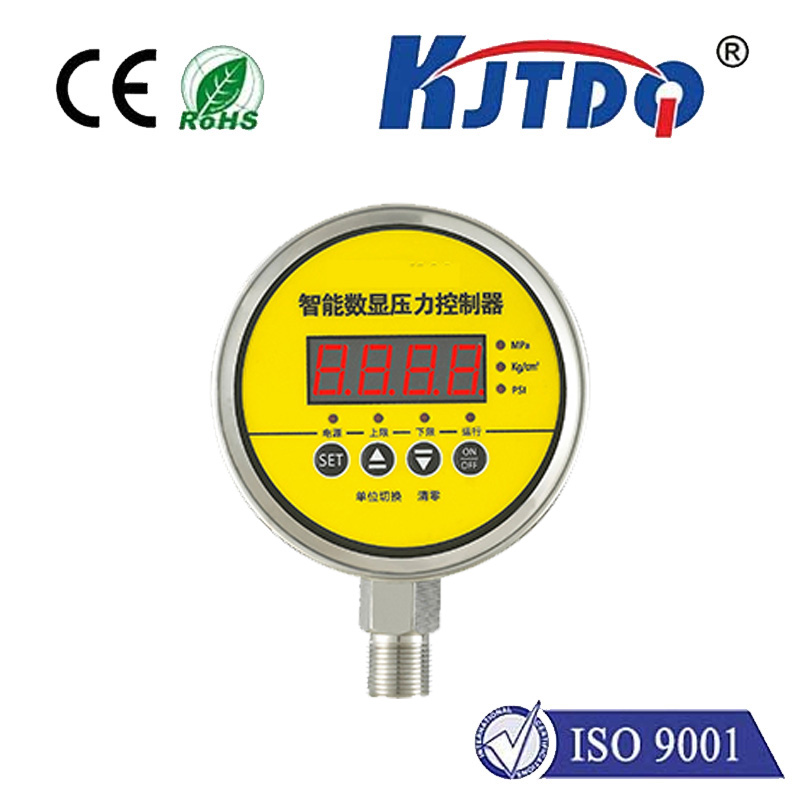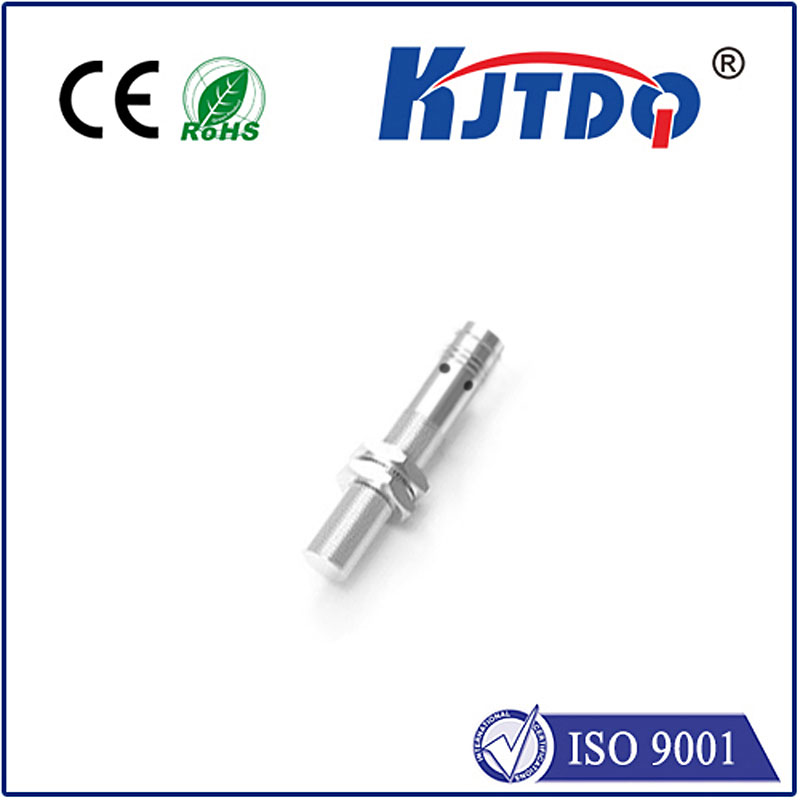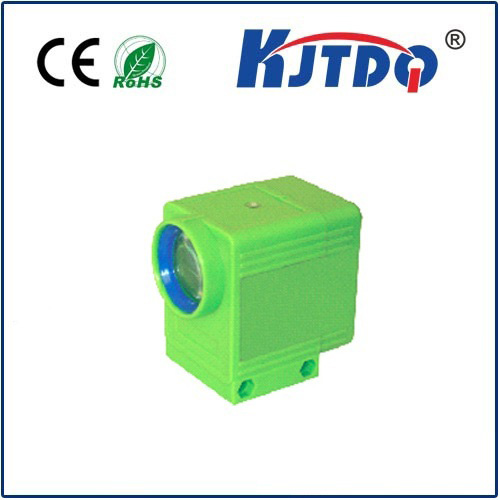conveyor photoelectric sensor switch automatic con
- time:2025-09-14 02:12:20
- Нажмите:0
The Unsung Heroes of Efficiency: How Photoelectric Sensor Switches Automate Conveyor Control
Imagine a world where production lines grind to a halt because boxes jam, packages tumble off the line unnoticed, or critical components aren’t positioned correctly for the next operation. This was the reality before the silent, tireless guardians of modern automation – photoelectric sensor switches – became ubiquitous on conveyors. These unassuming devices are the linchpin of conveyor automation, transforming chaotic manual oversight into smooth, efficient, and intelligent material flow. Their ability to provide reliable, non-contact detection makes them indispensable for achieving automatic conveyor control.
Beyond the Basic Switch: What Photoelectric Sensors Do
At their core, photoelectric sensor switches detect the presence or absence of an object using light. Unlike mechanical limit switches that require physical contact, they operate without touching the target. A typical sensor consists of an emitter (light source, often LED-based) and a receiver. The emitter projects a light beam. The receiver detects changes in this beam – either the interruption of the beam by an object blocking it, or the reflection of the beam off an object. This change triggers an electrical switching signal sent to the conveyor’s control system (like a PLC - Programmable Logic Controller).
Why Conveyors Rely on Photoelectric Sensing
The synergy between photoelectric sensors and conveyor systems is profound. Conveyors need real-time feedback to operate intelligently. Here’s how these sensors power automatic conveyor control:

- Object Detection & Position Verification: The most fundamental task. Sensors confirm a part, box, or item is present at a specific point on the line. This signals the PLC to proceed with the next action: starting/stopping the conveyor, activating a pusher, initiating a weighing process, or triggering a robotic arm. “Is the part loaded?” “Has the pallet arrived at the station?” These critical questions are answered instantly.
- Jam Prevention and Overload Control: Strategically placed sensors can detect when items pile up. If an object doesn’t clear a sensor within an expected timeframe, it signals a potential jam. The PLC can then automatically stop the upstream conveyor section, preventing costly damage and product spillage, enhancing conveyor safety.
- Count and Sort Accuracy: Precise counting of items passing a point is essential for inventory control, batching, and sorting systems. Photoelectric switches provide the high-speed, reliable pulses needed for accurate counting. In sorting applications, they identify gaps between items or trigger diverters based on detection signals.
- Level Control (Bins/Hoppers): Measuring material levels in bins or hoppers feeding conveyors is crucial. Sensors mounted above conveyors detect when the pile of material reaches a set height, signaling to stop feeding or start emptying processes, ensuring consistent material flow.
- Speed Monitoring & Synchronization: While tachometers are common, certain photoelectric sensors can also be used for basic speed verification by counting objects over time, aiding in synchronizing multiple conveyor sections.
Choosing the Right Photoelectric Sensor Type for the Conveyor Job
Not all photoelectric sensors are created equal. The environment and application dictate the best type:
- Through-Beam (Sender/Receiver Pair): Offers the longest sensing range and highest reliability. The emitter and receiver are separate units mounted opposite each other. Detection occurs when the object breaks the beam. Ideal for long-range detection and applications requiring immunity to target color, surface finish, or transparency variations. Excellent for large item detection or wide conveyor paths.
- Retroreflective: Uses a single unit housing both emitter and receiver, plus a reflector mounted opposite. The sensor detects an object when it interrupts the light beam reflected back from the reflector. Offers good range and is simpler to install than through-beam. Relies on the reflector being clean and properly aligned.
- Diffuse (Proximity Mode): The most common for general conveyor use. Emitter and receiver are in one housing. The sensor detects light reflected back directly from the target object itself. Detection range is typically shorter than through-beam or retroreflective. Performance is influenced by the object’s color, size, surface texture, and reflectivity. Background suppression variants are crucial when a highly reflective background exists; they distinguish the target based on distance, not just reflectivity. Perfect for close-range detection, small object detection on conveyors, or presence verification at stations.
- Fork Sensors (Forked Light Curtain): Feature a U-shaped profile where emitter and receiver are built into opposite arms of the “fork”. The object passes through the fork, breaking the beam. Offers precise detection within the fork’s profile, ideal for small part detection, registration control, or verifying correct positioning.
Intelligent Automation: Sensors as the Conveyor’s “Eyes”
The true power of the photoelectric sensor switch lies in its integration. That simple on/off signal becomes the essential input for the PLC brain controlling the conveyor system. Based on sensor feedback:
- Zones can be automatically started and stopped only when needed, saving energy and reducing wear.
- Diverters and sorters are triggered with pinpoint accuracy.
- Accumulation areas manage backpressure without jams.
- Downstream equipment is activated only when parts are correctly positioned (automatic sequencing).
- Production counts and line efficiency data are gathered automatically.
This continuous loop of detect → signal → control is the essence of efficient conveyor automation. It replaces manual oversight, reduces errors, minimizes downtime, and maximizes throughput.
Optimizing Performance: Installation and Maintenance
To ensure reliable operation:
- Mounting: Secure sensors firmly to prevent vibration-induced misalignment. Use brackets designed for industrial environments.
- Alignment: Especially critical for through-beam and retroreflective types. Precise alignment ensures consistent beam reception. Use alignment tools if necessary.
- Environmental Factors: Consider dust, moisture, temperature extremes, and washdown requirements. Choose sensors with appropriate IP (Ingress Protection) ratings (e.g., IP67 for dust and temporary immersion). Modulated light sensors (emitting a specific frequency) are less susceptible to interference from ambient light.
- Maintenance: Periodically clean lenses and reflectors (if used). Check mounting stability and alignment. Verify sensor function as part of preventative maintenance routines.
The Bottom Line: Essential for Modern Material Handling
The photoelectric sensor switch is far more than just a simple component; it’s the fundamental enabler of intelligent conveyor control. By providing reliable, non-contact object detection, these sensors transform conveyors from passive transport mechanisms into dynamic, responsive systems. Their role in preventing jams, verifying position, enabling counting and sorting, and feeding crucial data to PLCs is irreplaceable. In the relentless pursuit of efficiency, speed, accuracy, and safety within automated material handling, Фотоэлектрический датчик act as the indispensable “eyes,” making automatic conveyor operation not just possible, but highly optimized and cost-effective. Implementing the right sensor technology is a strategic investment in streamlining workflow and boosting productivity.

